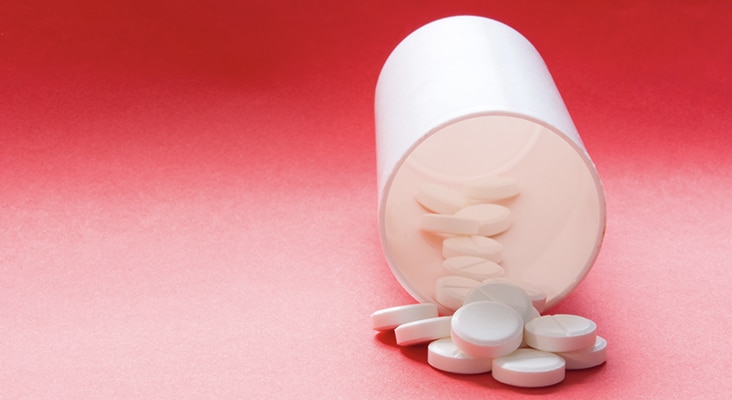Impact of Blood Thinners on Dental Treatment
New oral anticoagulants can be administered in fixed doses without coagulation monitoring, streamlining care for many patients. Their popularity has grown over the past 5 years, highlighting the need for clarity on patient management and dental practice implications.
The advantages of novel oral anticoagulants (NOACs) include which of the following?
 Iryna Imago / iStock / Getty Images Plus
Iryna Imago / iStock / Getty Images Plus
How many prescriptions of the NOAC dabigatran were filled in its first 5 years?
 Shidlovski / iStock / Getty Images Plus
Shidlovski / iStock / Getty Images Plus
Which of the following NOAC is currently approved by the United States Food and Drug Administration?
 hafakot / iStock / Getty Images Plus
hafakot / iStock / Getty Images Plus
The most common adverse effects of NOACs are extensions of their therapeutic effects, namely bleeding events.
 Tarja Jalkanen / iStock / Getty Images Plus
Tarja Jalkanen / iStock / Getty Images Plus
Stopping the use of NOACs is indicated for dental hygiene procedures, including periodontal debridement and scaling and root planing.
 Hailshadow / iStock / Getty Images Plus
Hailshadow / iStock / Getty Images Plus
Medical consultation is advised when patients require oral/periodontal surgery. Studies that included NOACs and warfarin have shown that timing a procedure further out from NOAC dosing, the use of atraumatic techniques, and employing local hemostatic measures resulted in minimal adverse outcomes.
 Thinkhubstudio / iStock / Getty Images Plus
Thinkhubstudio / iStock / Getty Images Plus
Conservative measures to eliminate oral inflammation and control disease are prudent in all patients with increased bleeding risk.
 sitox / E+
sitox / E+
Share your Results:

